Korean cuisine is a unique blend of bold flavors, diverse ingredients, and centuries-old traditions that have evolved through the country's rich history and dynamic culture. From hearty stews and fermented vegetables to delicate seafood dishes and sizzling barbecue, Korean food offers a wide array of tastes that continue to captivate palates around the world. The distinctive balance of spicy, sweet, sour, and umami flavors, combined with the importance placed on communal dining, makes Korean cuisine a remarkable experience that connects people not only to each other but also to Korea's past.
What truly sets Korean cuisine apart is the deep cultural significance behind its ingredients and cooking techniques, many of which have been influenced by the country's geography, climate, and even historical events. Korean food is deeply rooted in the concept of harmony and balance, with meals often featuring contrasting elements such as hot and cold, fermented and fresh, and hearty and light. This harmonious approach reflects not only the flavors but also the philosophy behind Korean dining.
The evolution of Korean cuisine can be traced back through several key historical periods, each contributing distinct elements to the food culture we know today. From ancient agricultural practices to the introduction of foreign influences, here’s a look at the most impactful eras in shaping Korean food traditions.
In this article we'll explore
- The history behind Korean cuisine
- What makes the cuisine so special
- How to learn more about Korean cuisine and culture

The History of Korean Cuisine
As with any type of food, history, and culture play a hugely important role. Throughout most of human history, people were required to eat whatever they could obtain or grow and only the rich and powerful had the luxury of being able to really choose what went into their diet.
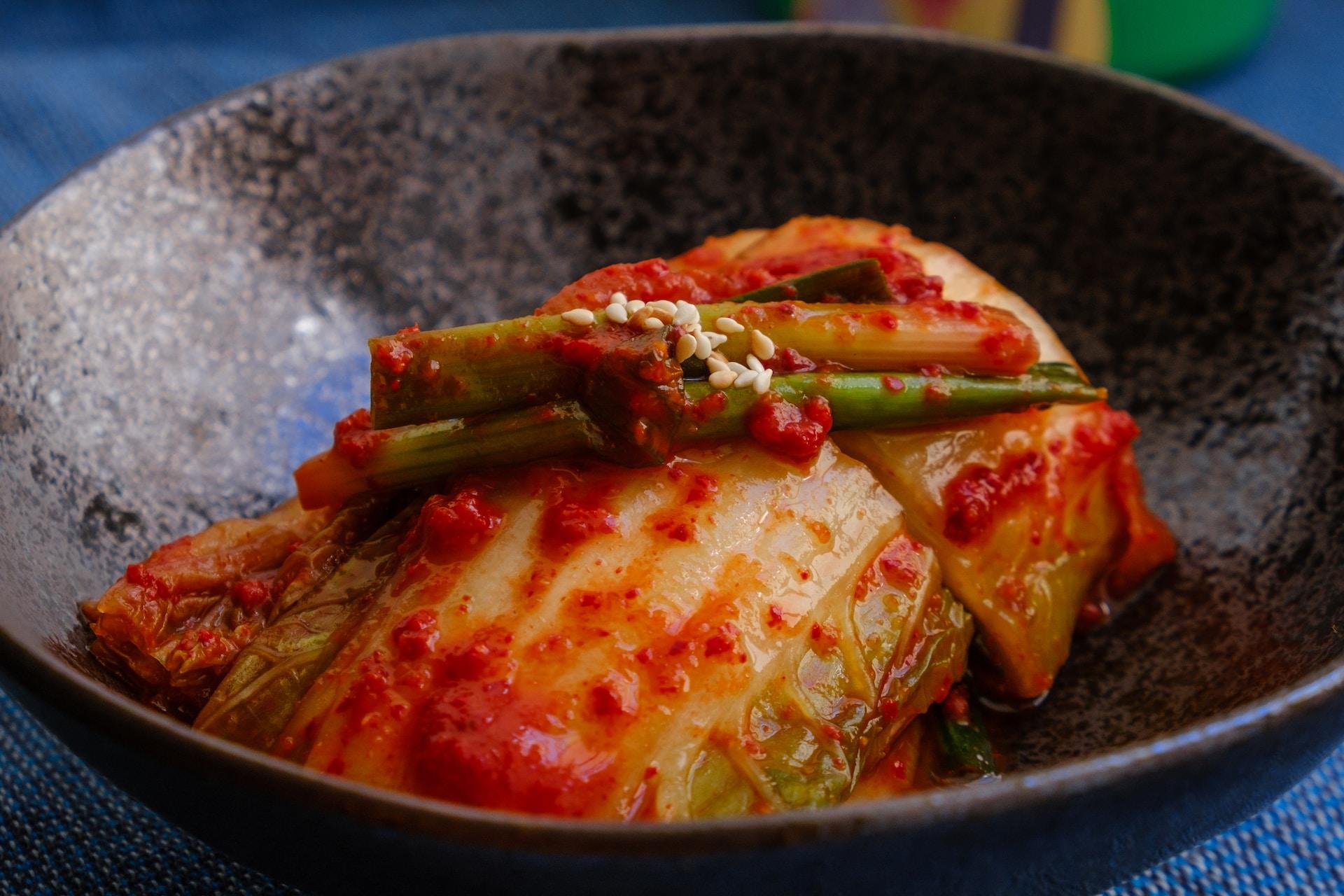
Cooking and food preparation techniques are also largely traditional and are passed down through generations of people. This means that people will bring their own ways of cooking with them and when groups of people mix and interact, the culinary landscape is bound to change.
The history of Korean cuisine is a fascinating one and one that has been shaped throughout many dynasties and periods of time.
4th - 7th centuries
Three Kingdoms Period
10th - 14th centuries
The Goryeo Dynasty
Late 1300s - late 1800s
The Joseon Dynasty
1910 - 1945
Japanese Colonial Period
1945 - 1950
Division of North and South Korea
1950 - now
Globalization
The Agricultural Influences Behind Korean Cuisine
The story of Korean cuisine begins with the people living in the areas that are now known politically as North and South Korea.
The cultivation of crops such as rice, barley, and millet helped make them staples in Korean meals and a large part of the Korean diet in early history.
Influence from China and Japan
Proximity also furthers cultural exchange and neighboring China and Japan have had a huge influence on Korean cuisine.
In some cases, these influences found their way peacefully into Korean culture and cuisine, and in other cases, which we'll get to shortly, were violently forced upon people through war and conquest.
Either way, the Chinese and Japanese influences can still be seen in modern Korean cuisine. Noodles, dumplings, and stir-frying are all said to have arrived in Korean cuisine from the Chinese while fermented fish and seafood were introduced to Korean cuisine from Japanese dishes.
Three Kingdoms Period
The Three Kingdoms Period is a time in Korean history between the 4th and 7th centuries that had significant implications for Korea and its cuisine.
Goguryeo, Baekje, and Silla
These three kingdoms greatly influenced one another through cross-cultural exchanges, further diversifying Korean cuisine with new ingredients and cooking techniques being spread from one region to another.
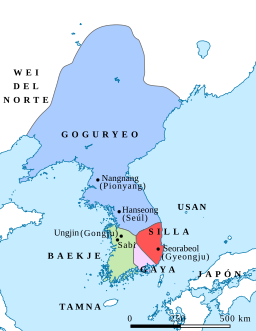
The differing geographical locations of the kingdoms also means that different crops could be grown and eaten in different places and the trade networks between these areas allowed the ingredients to find their way into dishes outside of the regions where they were grown.
This was helped by new food preservation techniques including fermentation (an important part of Korean cuisine), salting, and drying.
It didn't hurt that each kingdom had specific royal culinary traditions and the royal courts were places where culinary developments would take place.
The Goryeo Dynasty
The Goryeo Dynasty was the period between the 10th and 14th centuries in Korea and was the time we saw some of modern Korean cuisine's most popular dishes and cooking concepts emerge.
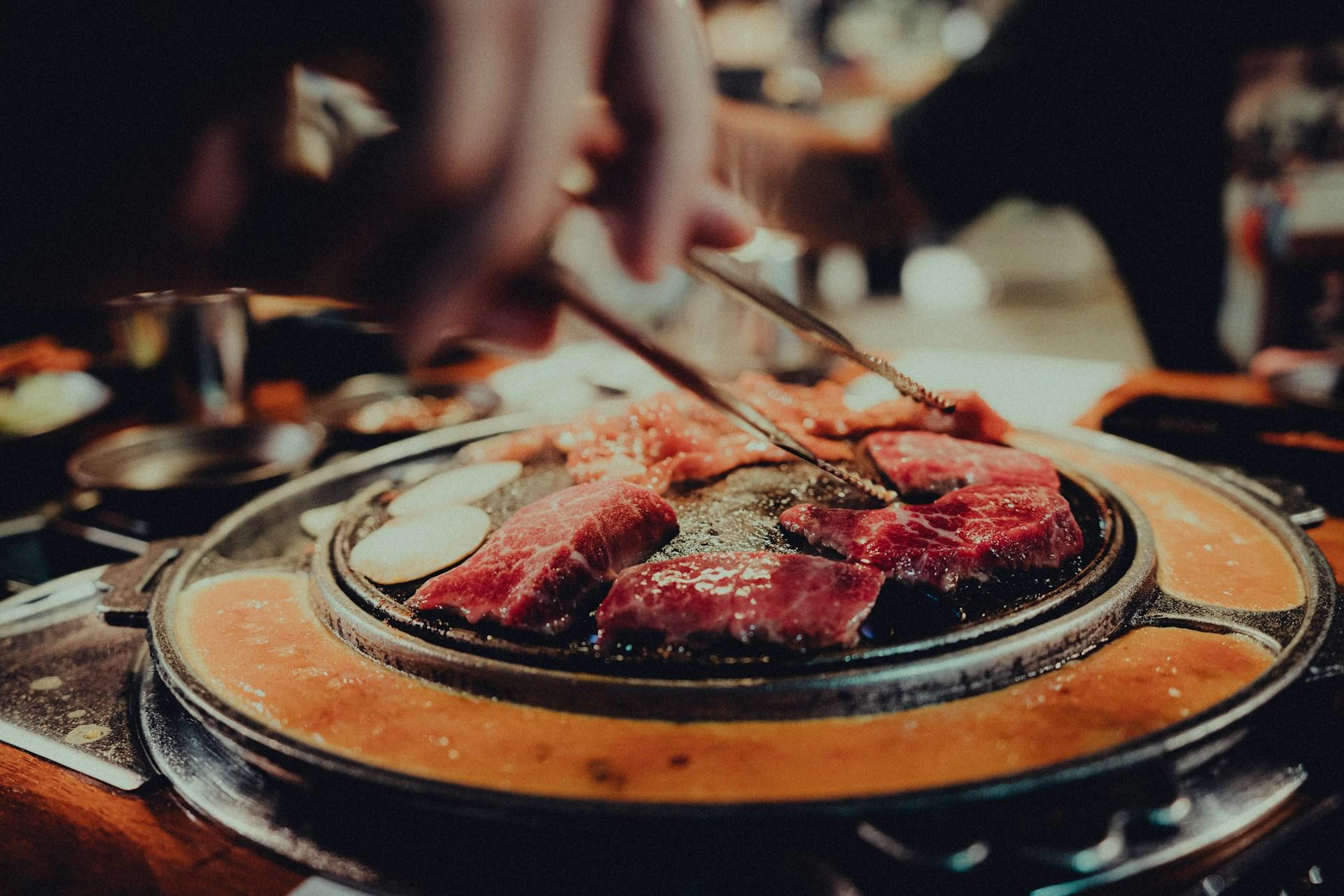
It was during the Goryeo Dynasty that the concept of Korean barbecue emerged. It's thought that grilling meat at the table, a fundamental part of Korean BBQ, was popularized during this time.
It was during the Goryeo Dynasty that the concept of Korean barbecue emerged. It's thought that grilling meat at the table, a fundamental part of Korean BBQ, was popularized during this time.
It was also during this period that bulgogi, a Korean meat dish, also became very popular.
Korean Bulgogi Recipe
Interaction with Mongolia and Central Asia
No cuisine exists in isolation and almost every country or culture, even North Korea, has to interact with its neighbors and other civilizations in some way. Invasions by the Mongols and other interactions with Central Asian peoples and civilizations resulted in new ingredients like beef and dairy.
Other foods brought by Mongolia and Central Asia:
- Noodles
- Dumplings
- Fermented Dairy Products
- Seolleongtang (ox bone soup)
- Galbitang (beef short rib soup)
- Naengmyeon (cold buckwheat noodles)
The Joseon Dynasty
The underlying concepts of every cuisine are hugely important. During the Joseon Dynasty (late 1300s to late 1800s), for example, Confucianism played a big part in highlighting the importance of balance in every aspect of life, including food.
This balance is still a part of Korean cuisine today and you tend to find that Korean dishes still have this concept at their heart.
Japanese Colonial Period
We've already mentioned that interactions with other peoples and civilizations influenced Korean culture and the Japanese colonial period was no exception.
Between 1910 and 1945, Korea was subject to Japanese colonial rule. Colonialism can drastically change both the cultures of the colonizer and the colonized and in the case of Korea's cuisine, this period brought Japanese dishes with it.
The Division of North and South Korea
After World War II, North and South Korea were divided and each has since gone its own way. While they both had a similar starting point and historically share culinary practices and common dishes, new practices also mean that each country is developing its own unique culinary identity.
Pyongyang Cold Noodles
Sea Urichin
Pine Mushrooms
Duck Hearts
Classic Korean Bibmbap
Bulgogi
Dongchimi
Chap Chae
Globalization
Last but not least, the influences of the wider world have played a part in Korean cuisine. Modernization in South Korea has led to changes in the way people consume food and access to ingredients and culinary techniques from across the globe has also meant that Korean cuisine can be used to create fusion cuisine with food and dishes from all over the world.
It's thanks to globalization that other aspects of Korean culture have become more popular and even Korean cinema is enjoying a boom at the moment thanks to increased accessibility.
What Makes Korean Cuisine Special
So now that you know what influenced Korean cuisine, we can look at exactly what makes it so special, why you should try it if you haven't already, and what you can expect to find when you eat Korean food.
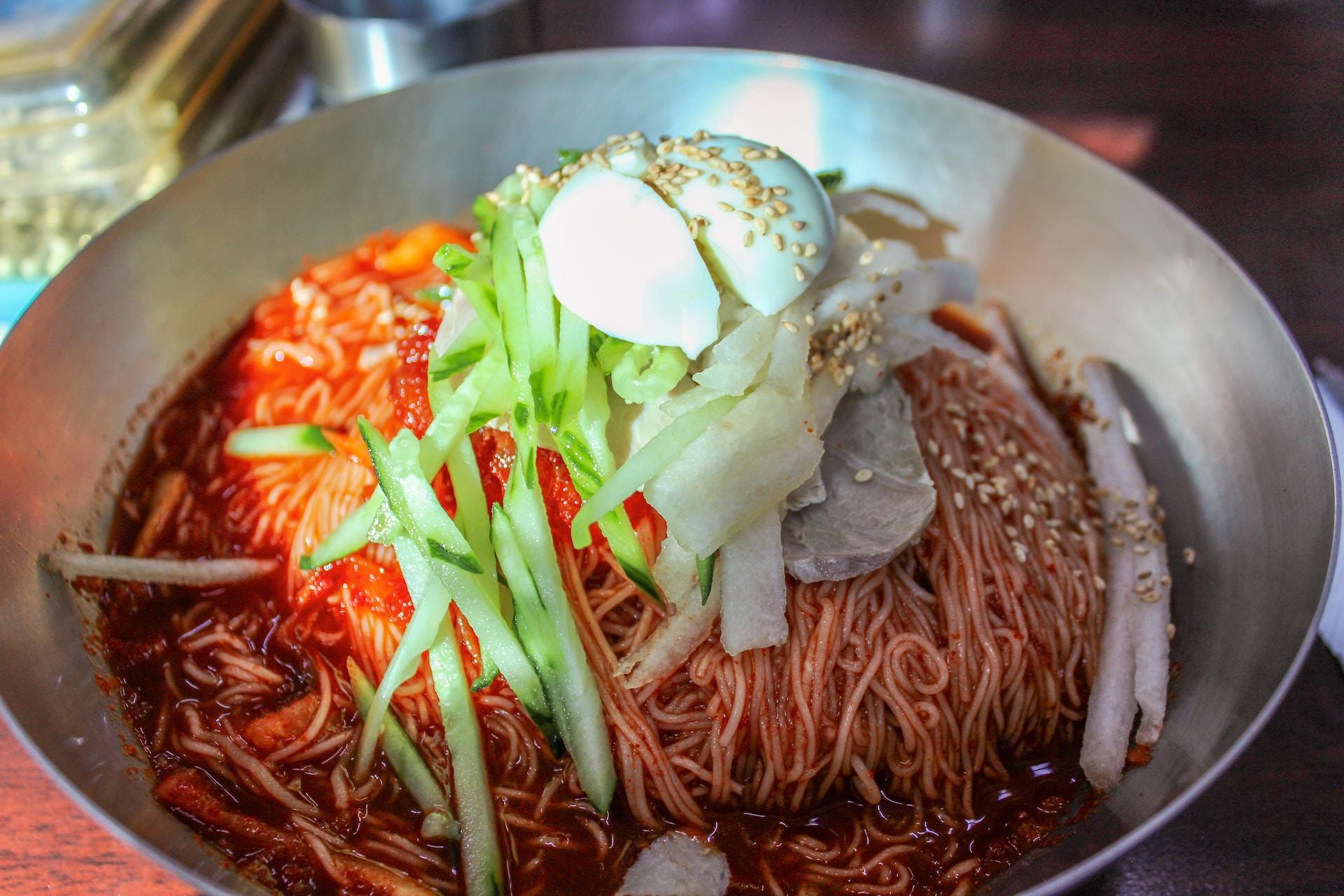
The Flavors in Korean Cuisine
Flavor is naturally a huge part of cuisine and Korean food is famous for its balanced and diverse flavors. Korean cuisine favors the mixing of sweet, salty, spicy, and savory flavors rather than isolating them into separate dishes.
Fermentation in Korean Cuisine
Fermentation was one of the ways that earlier Korean cultures (particularly during the Three Kingdoms Period) were able to transport and store ingredients.
The practice of fermentation is something that is still prevalent in Korean food today and the bold flavors in Korean cuisine are often a product of the various fermented products used.
Ingredients such as kimchi (fermented vegetables), gochujang (fermented red chili paste), and doenjang (fermented soybean paste) are all excellent examples of this.
Banchan
Banchan are small sharing dishes that are usually put in the middle of the table. Not only do these dishes allow you to try more things, but they also make the dining experience more communal.
Banchan are generally a side dish to your main course and can include:
- Kimchi
- Pickled Vegetables
- Marinated Tofu
- Seafood
Barbecue
Korean BBQ or “gogi-gui” is one of the most popular ways to eat Korean food. Rather than having a chef grill the food for you, guests grill their own meats using a grill either on or built into the table.
This is a fun experience that gets all the diners involved in the cooking of their food and if you eat meat and want to try Korean food, this is the way to go.
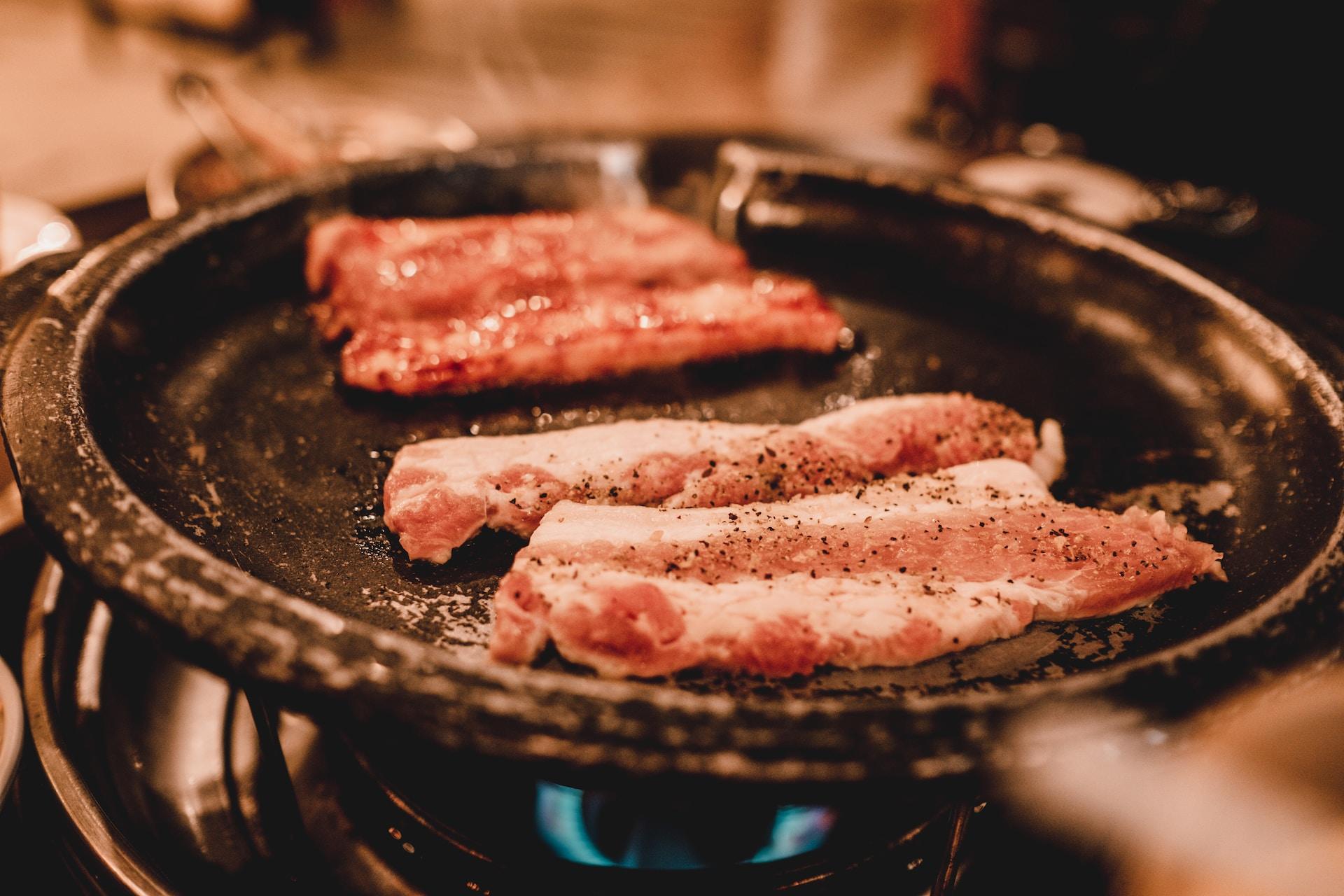
Vegetables
While vegetables aren't unique to Korean food, there's a special emphasis placed on them to ensure that dishes are balanced and nutritious.
Fresh and seasonal produce is often used in Korean cuisine and in most cases, vegetables are an integral part of the dish.
Spice and Seasoning
The balance that's present in every Korean dish is achieved in part due to the spices and seasoning used in each dish.
The flavor profile of Korean dishes is complex and it's quite common for Korean food to be somewhat spicy through the use of chili peppers, red pepper flakes, and other spices.
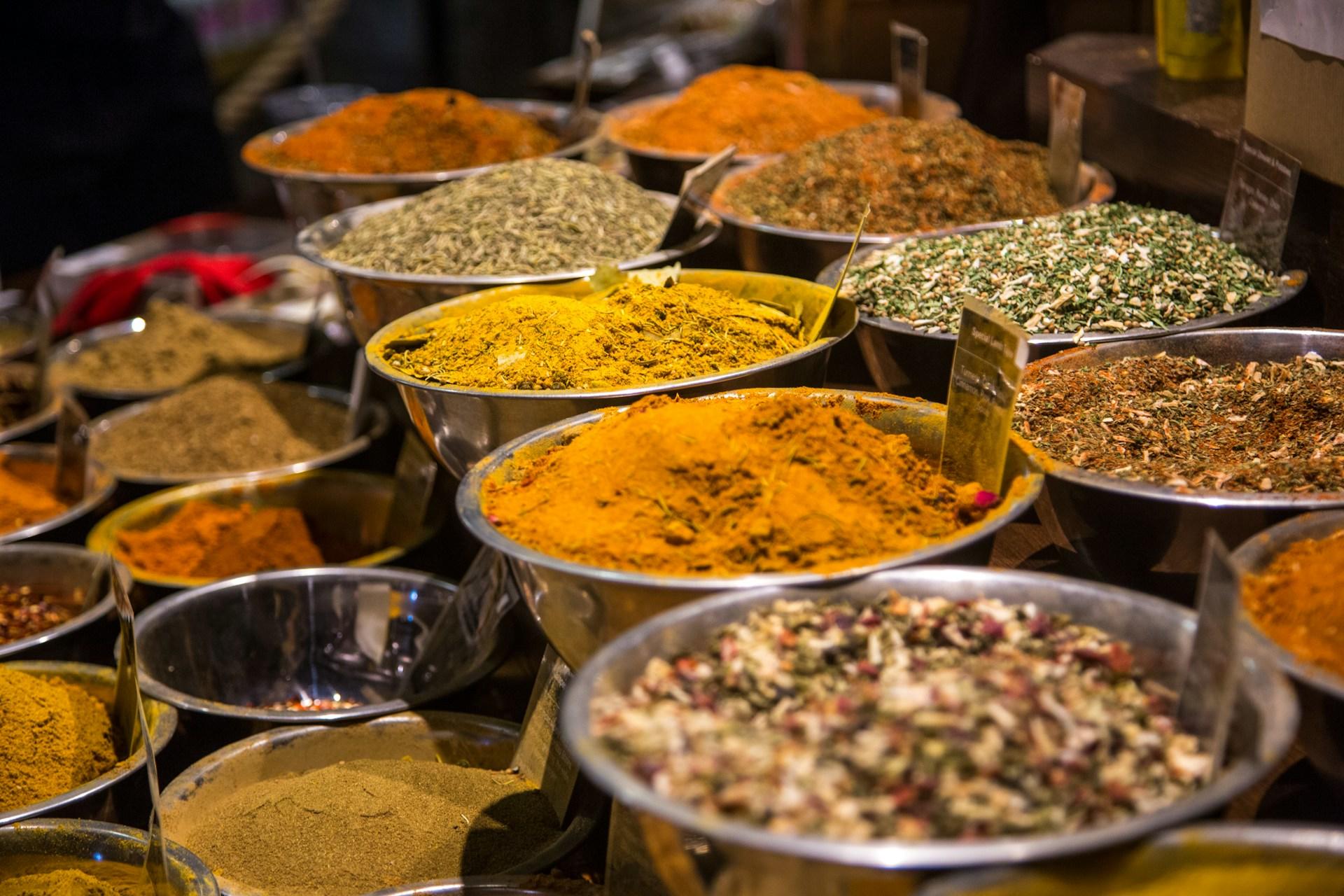
One-Pot Dishes
You'll find a lot of one-pot dishes in Korean cuisine and stews and hot pots like jjigae and jeongol are commonplace. Like other Korean dishes, these are balanced with a mix of meats, vegetables, and seasoning or broths.
Rice and Noodles
Much like in neighboring cuisines, rice, and noodles are prevalent in Korean dishes and are usually served alongside dishes rather than in them.
Learn how to make the popular Korean noodle dish, Ganjang Bibim Guksu, with this quick recipe.
Ganjang Bibim Guksu
Korean Food Culture
The relationship that Koreans have with their food has also significantly influenced it. The reason Korean food is so special is that the preparation, presentation, and consumption of food are all given great importance. There are cultural traditions, etiquette, and social norms that come with eating food.
If you've been watching popular K-dramas, you may have seen examples of Korean food culture and maybe even some of Seoul's trendiest eateries. In fact, the K-drama "Pasta" is a romantic comedy about a girl trying to become an elite chef!
If you'd like to learn more about Korean food, culture, or the language, consider getting help from a private Korean tutor. Not only can they teach you the language and the vocabulary you'll need to know to order food, but they can also teach you about Korean cinema, TV, music (like k-pop), and the history of the Korean peninsula.
There are plenty of talented Korean tutors all over the country available with Superprof and many of the tutors offering the first lesson for free, so get started finding your perfect Korean tutor today!

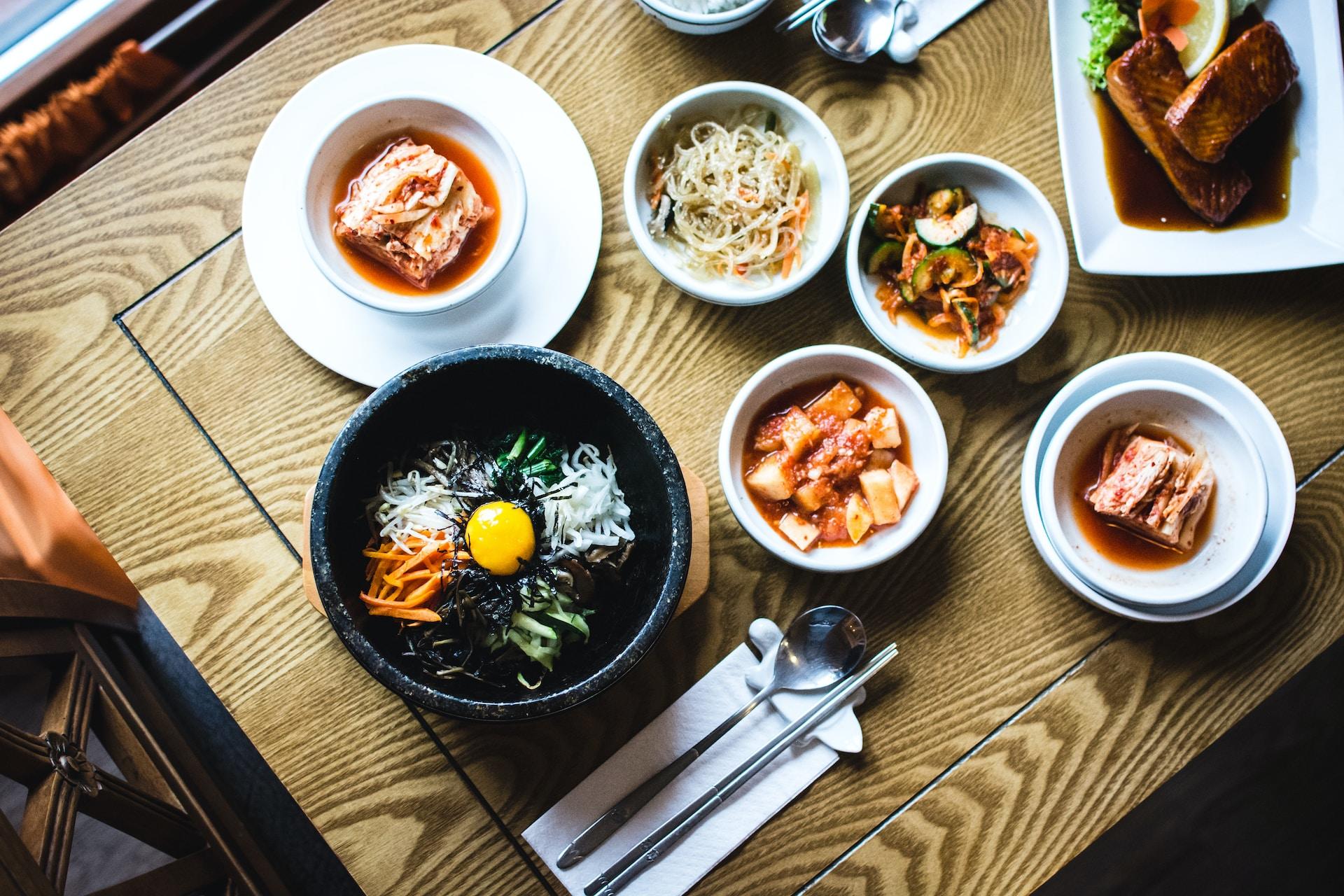














How did China and Japan influence Korean foods?
Hi! Korean cuisine has been significantly shaped by its neighboring countries, China and Japan. These influences have been both peaceful, with cultural exchanges, and unfortunately at times with violence, as they were impacted by conflicts and conquests.
Love your website! Where did the idea of kimchi come from?
Thank you for your comment Stephanie! The idea of kimchi came from Korea, where they created it as a way to preserve and transport food.